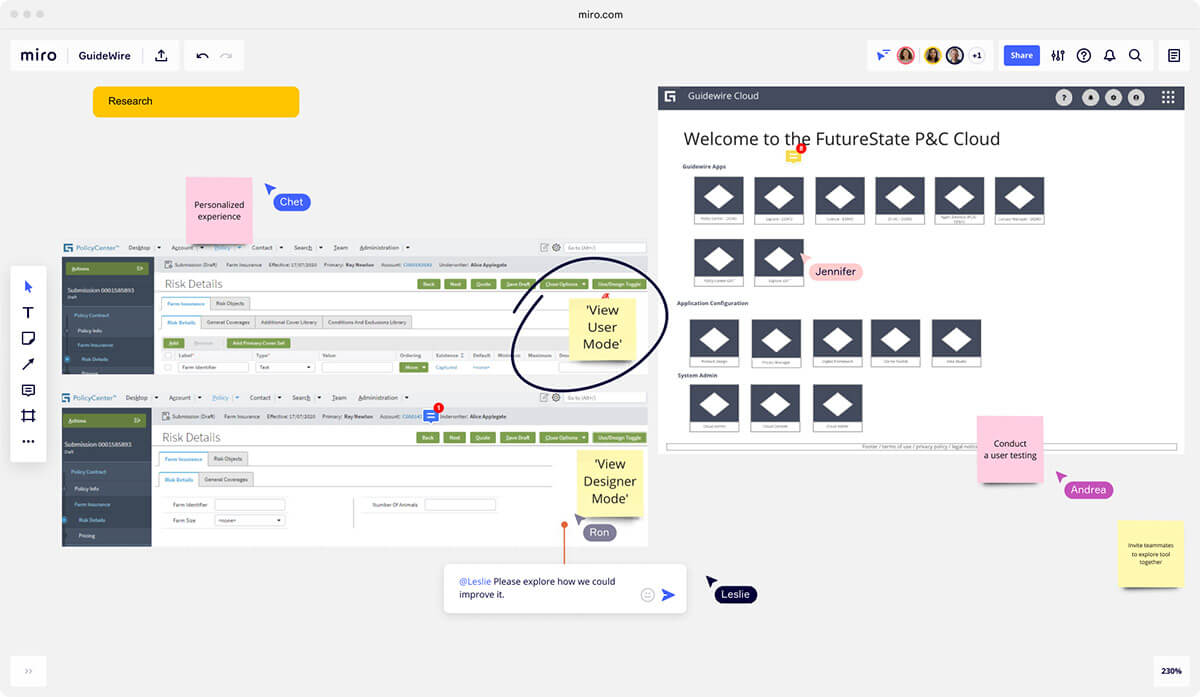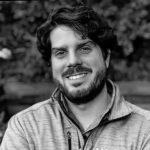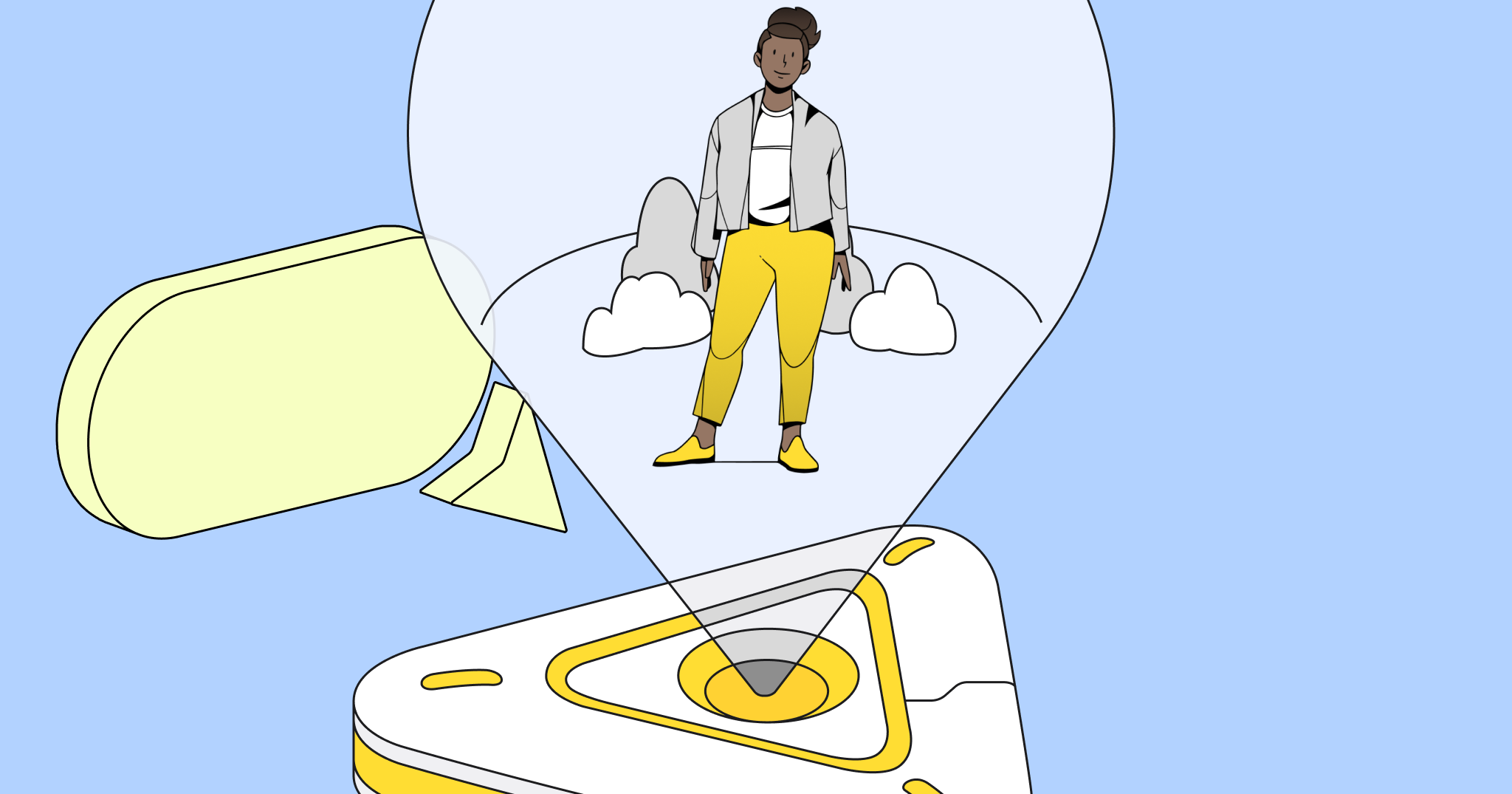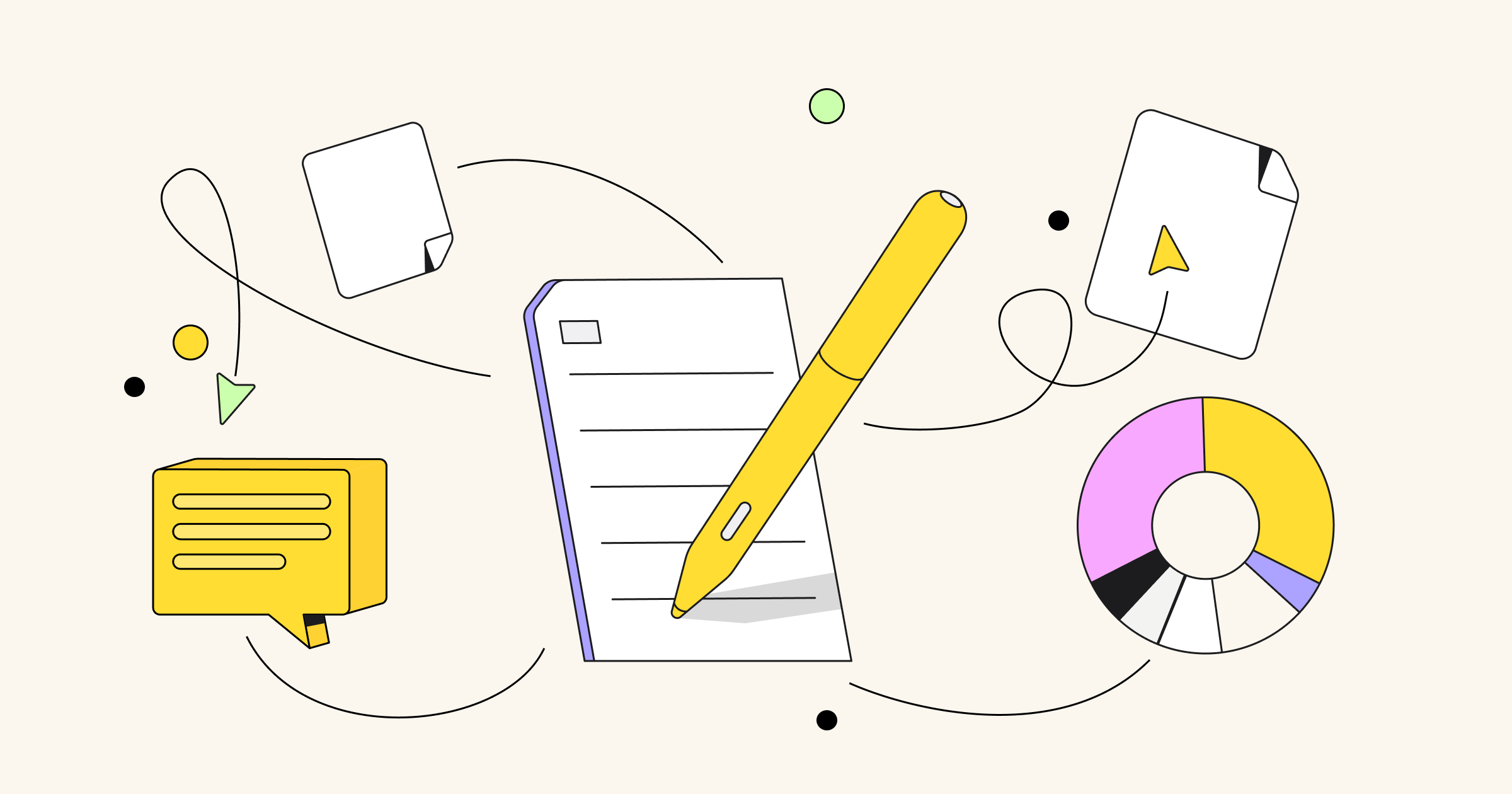If you’ve ever shopped for insurance online, you’ve probably unknowingly used Guidewire. As one of the world’s leading insurance technology solutions providers, the team at Guidewire knows the importance of providing their customers — and their customers’ customers — with an amazing experience with their platform. As a global enterprise with nearly 3,000 employees, Guidewire understands that shared alignment and collaboration are key drivers of their ability to execute.
Guidewire CIO Chet Mandair says the pace of the business and the extreme focus on customer experience have reshaped the way that insurers fund projects and deploy technology to support them. “We have a macro-trend occurring that I call experience-aligned funding,” Mandair explains. “Insurers are no longer funding large projects that take 12 to 24 months to deliver. Instead, they’re funding groupings of employee and customer experience that can be delivered in an agile way.”
At Guidewire, Mandair and the team practice what they preach with their internal collaboration. They’ve deployed Miro across the enterprise to create a culture that keeps employee engagement and customer-centricity front and center in their day-to-day collaboration. Let’s take a look at some of the ways different teams leverage Miro.
UX Team
Wireframing? Yes. Storyboarding? Yes. Notetaking? Yes. Collaborative sessions? Yes. 75% of my work I’m doing in Miro.
Leslie Waugh, User Experience Design Manager, Data and Analytics
The User Experience (UX) team was the first team at Guidewire to adopt Miro and remains among the heaviest users. They use Miro in all stages of designing their product, from conducting workshops with their teammates to drawing low-fidelity prototypes to ultimately walking users through features and workflows to collect feedback on their designs.
Leslie Waugh, a UX Manager, says Miro demonstrates value early in the product design process, starting with the workshops that develop the seeds of new ideas. “It saves a lot of time in digitizing notes,” she explains, comparing Miro to the old way of in-person whiteboarding. “When we collaborate together in a room there’s posters, paper printouts, sticky notes, and whiteboards. When the meeting is over, someone ‒ and sometimes a team of people ‒ would have to stay behind for hours and organize and digitize that stuff to make sure everything is documented. But in Miro, it’s all right there.”

In the “old” way of in-person workshops, team members spent hours following meetings to digitize notes
Further along in the design process, the Guidewire team shares their Miro boards with customers for concept walkthroughs of their near-completed designs.
“If we have a storyboard of a user journey, we’ll walk a claims adjuster through it and make sure we’re heading in the right direction,” explains Andrea Anderson, Guidewire’s Global Head of User Experience. “It allows us to walk through questions we still have, and make sure the solutions we’re designing fit well into the user’s day-to-day.”
For designers, Anderson says working in Miro helps teams think critically as they collaborate. “Miro is great at helping people make and think at the same time. We make, then we debate, then we make the next thing. We’re always refining.”


Professional Services
What do I like about Miro? The infinite canvas.
Ron Wedderburn, Principal Business Architect
Half a world away in France, Ron Wedderburn ‒ Principal Business Architect in Europe ‒ is another Miro user. As a Business Architect, translating customer’s business challenges into robust solutions is his skill. But with a territory that includes insurers all over Europe and in South Africa, the translation part can be a challenge.
In cross-cultural collaboration, Ron finds that collaborating visually in Miro helps overcome language barriers and ensure that his team can work together with nothing lost in translation. “In (most of) Europe, English isn’t the first language, so we use Miro boards to make sure there’s no misinterpretations between my colleagues and our customers,” Ron explains. “I can map something out in Miro and then let the customer make sure I’ve understood it correctly.”
Ron uses Miro as part of an agile process that also relies heavily on Jira. In Miro, Ron designs the architecture of what new Guidewire products and workflows will do for their customers. Then, to coordinate with teams who build them, he breaks the customer requirements into user stories that eventually get put into Jira for development. “In Miro we can see what a story represents to the customer, and where it fits into the overall solution,” he explains.
Remote Work
It’s the thread that ties all parts of a project together.
Dave Leggett, Sr. UX Designer
Building a company culture of transparency and collaboration in a year of remote work is a challenge, and for Guidewire, adoption of Miro prior to the start of the pandemic put them in a good position to be successful out of the gate.
“Even before social distancing, we had people collaborating across time zones in Miro,” said Jennifer Fisher, a Principal UX Designer. “It helped us achieve alignment.”
Senior UX Designer Dave Leggett adds that Miro helps everyone involved in a project understand its evolution from conception to completion. “Miro is a living document,” he explained. “It’s something that everyone can look at and understand. It embeds into other tools we use. It’s the thread that ties all parts of a project together.”






